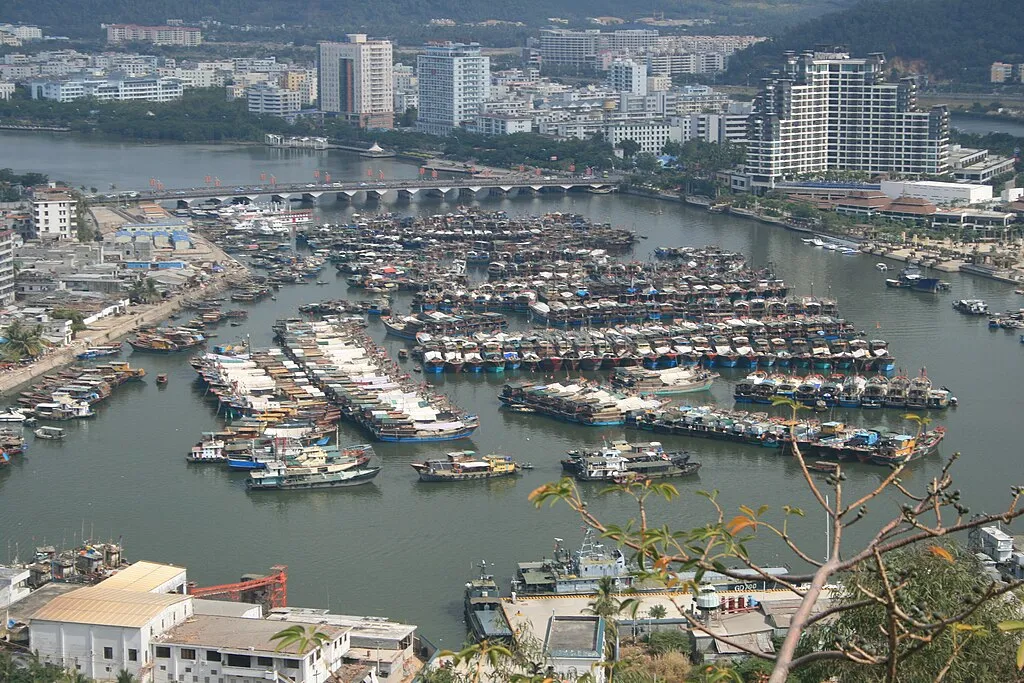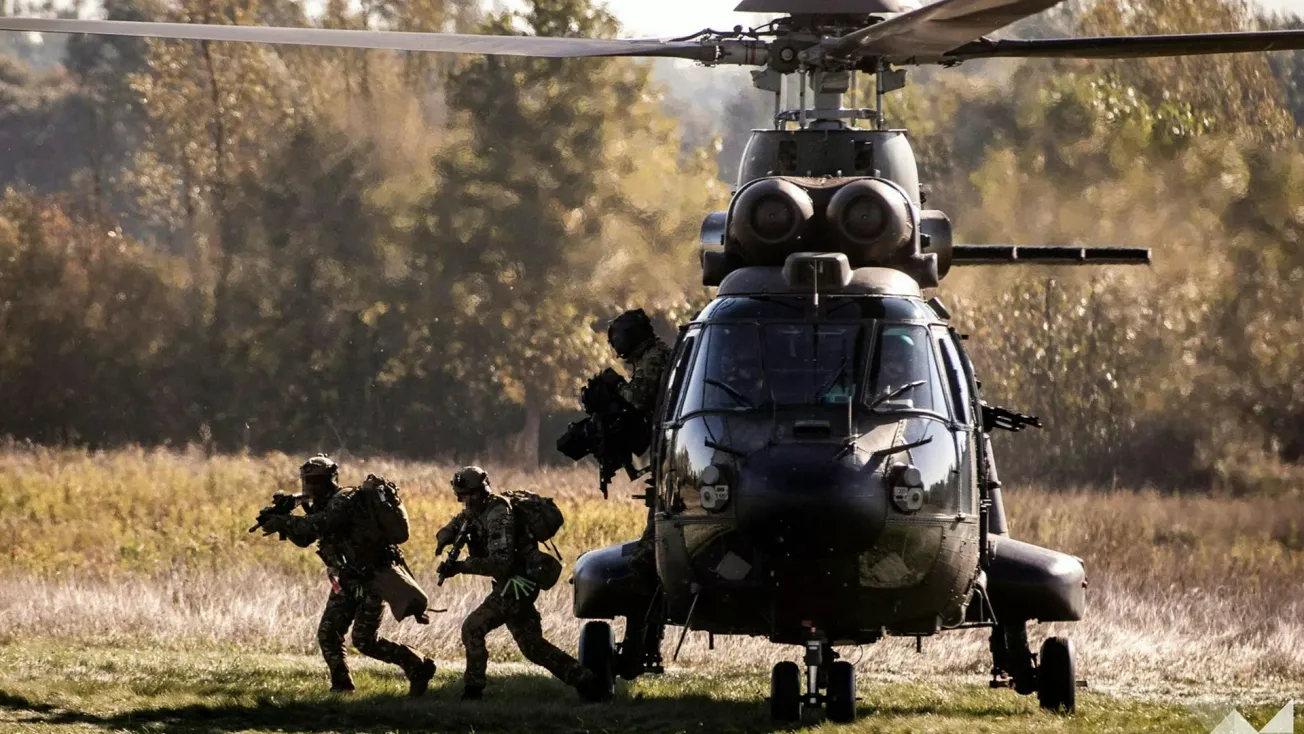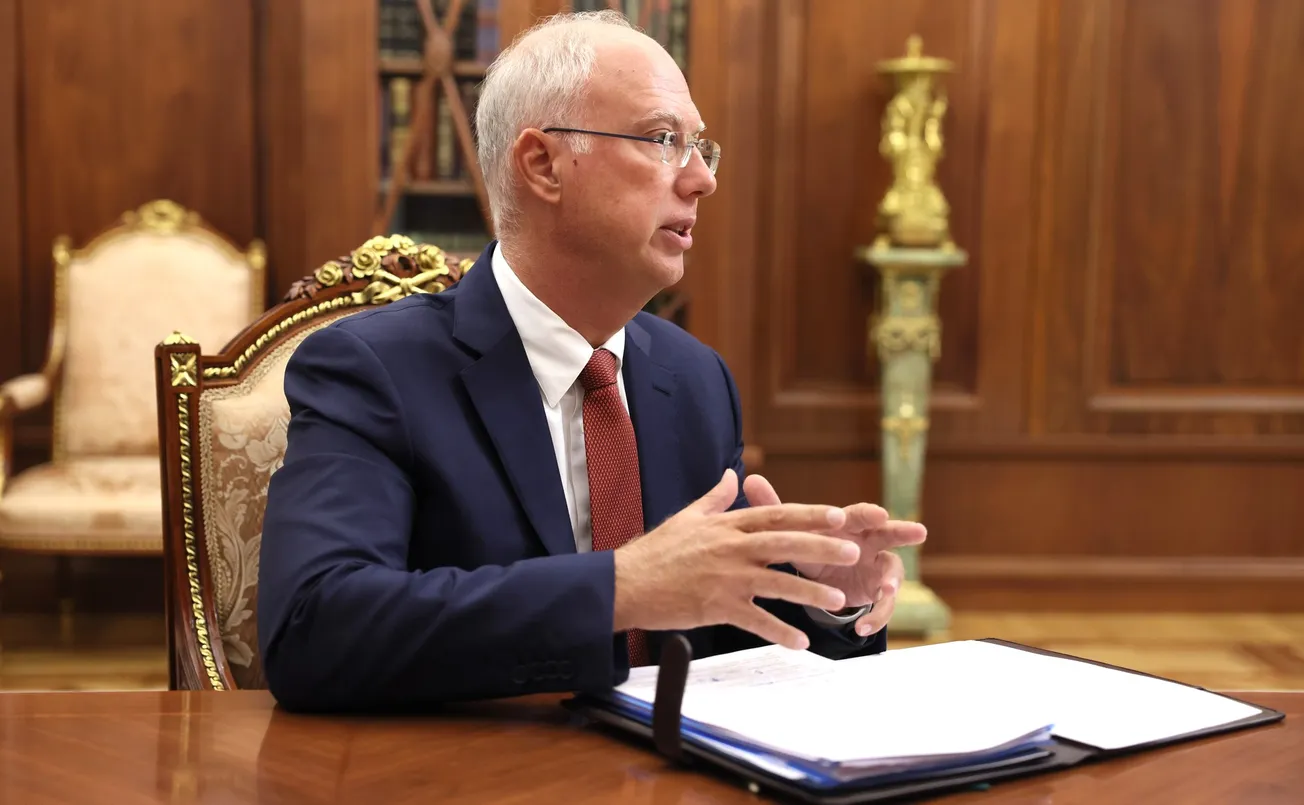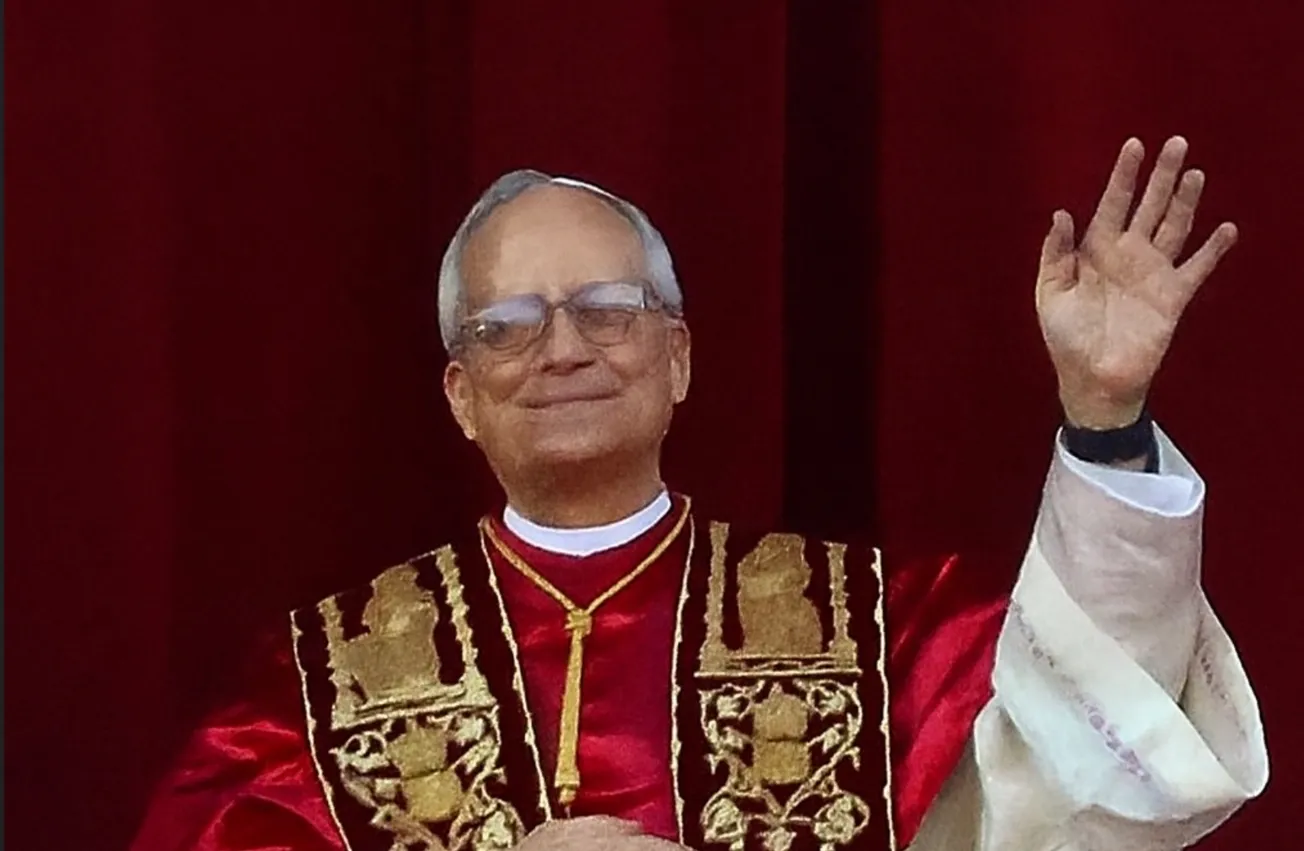Former UN Office on Drugs and Crime (UNODC) director Pino Arlacchi (1997-2002) told EIR that with the help of China, Afghanistan today could get rid of opium plantations by implementing the plan he suggested to the EU in 2010.
Today, that plan can be resumed, said Arlacchi, reached by EIR on the phone, as Afghanistan has far more resources than in the past. He noticed the positive opening of the Taliban to China for the reconstruction of the country, and said that Beijing can be an element to relaunch the plan, which needs five years for eradication and five more years for consolidation.
In 2010 Arlacchi, who had been elected to the European Parliament, proposed to create “an Afghan agency with European technical assistance,” an idea tp which the Karzai government subscribed. The agency, to be financed with US $100,000 per year, should eradicate opium cultures in five years through alternative development programs for farmers.
The plan was rejected.
Arlacchi had also brought Russia onboard. He drafted a plan with his counterpart, Viktor Ivanov, with Moscow ready to co-finance the proposal, but the EU rejected it.
Earlier on, in October 2001, when the United States launched the war in Afghanistan, drugs production had been all but eradicated, thanks to the successful plan implemented by then UNODC head Arlacchi in collaboration with Taliban authorities. But after the US-led invasion, opium plantations were back. Today, Afghanistan produces 80% of the illegal opium in the world.
In a 2006 interview with “30 Days,” Arlacchi explained, “In the year 2000 we were one step away from an epochal event: dry-out the world heroin traffic, because Afghanistan was getting out of the illegal opium production. In fact, pressure on the Taliban, and the international political isolation, were giving good results. We also had two very strong rounds of sanctions from the UNSC. Furthermore my office, through many Koran experts, had confronted the Taliban with the indisputable fact that opium is a toxic substance, forbidden by their religion like all other toxic substances. The Taliban are religious, insurrectionist, fundamentalist, but even if you can describe them as evil as possible, you cannot say that they are prone to narcotraffic. They do that only as a necessary evil to finance themselves. The result we had on the ground was that in 2001, without bloodbaths, but with minimal coercion, farmers had not produced opium in the areas controlled by the Taliban, i.e., in 90% of Afghan territory. Only a few fields were left, in the areas controlled by the Northern Alliance.”
The Northern Alliance people, backed by a number of foreign countries, did not have religious scruples, Arlacchi recounts, but even there, when he met NA commander Ahmad Massoud, the latter said he was “available to collaborate, to create joint committees with the UNO to convince farmers to let us meet the traffickers. Unfortunately, this did not occur. As everybody knows, Massoud was killed by Al Qaeda two days before 9/11.”
With the U.S./NATO invasion, the warlords took over and restarted opium production for self-financing. The result was that the 30,000 families who grew opium in 2001 became 350,000 in 2006 and the opium price shot up from US$30 to $400 per kg.
This means that substitution policies have become more expensive, but still a fraction of what the war has cost, Arlacchi insisted.





